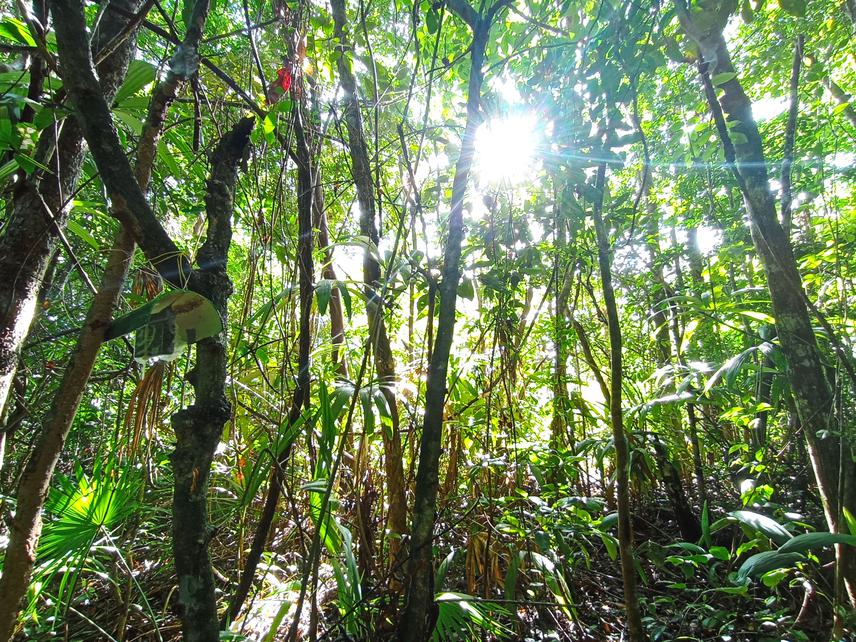Anja Hutschenreiter
Other projects
21 Jun 2021
The Train has Not Left the Station Yet: Multihabitat Conservation in Bacalar, a Landscape Threatened by an Intercity Railway Project
The Yucatan Peninsula of Mexico is part of the Mesoamerican biodiversity hotspot, and thus is home to a unique and highly threatened ecosystem. Due to different geomorphological events, the Yucatan Peninsula has the longest subterranean aquifer system in the world, which creates “cenotes” (natural fresh-water sinkholes) found throughout the tropical forest, boasting a rich biodiversity above and below ground. However, the remaining mature forests are disappearing at an alarming rate due to infrastructural development and human population growth associated with a rapidly expanding tourism industry and urbanisation. Situated between two crucial key biodiversity regions, the Sian Ka’an Biosphere Reserve and the Calakmul Biosphere Reserve, our study site in the Bacalar region holds strategic importance for conservation endeavours. It has the potential to serve as a vital corridor linking these protected areas, provided conservation measures can be implemented amid ongoing anthropogenic pressures. Our previous work established a connection between indicators of forest health and Bacalar Lake contamination, shedding light on the impact of agriculture and urbanization driven by tourism in the area to date.

© Anja Hutschenreiter.
In this project, our goal is to evaluate the effects of the "Tren Maya," a newly constructed railway infrastructure traversing the Bacalar region, utilizing passive acoustic monitoring. Leveraging data from our first Rufford-Small-Grant, predating the railway construction, alongside post-launch monitoring, we will measure the train's effect on faunal forest biodiversity. These findings will uncover potential biodiversity degradation associated with the train, guiding essential mitigation strategies in the Bacalar region. By analysing the acoustic activity in the forest and documenting occupancy changes of key conservation species, we can predict long-term impacts due to linear infrastructure, extending beyond our study site to unmonitored regions. Our results will be used to advice stakeholders on evidence-based mitigation strategies, such as implementing faunal passes along the railway line. Additionally, we aim to share biodiversity data with local people and landowners, empowering them with information about their conservation options, potentially including the utilization of biodiversity credits, to foster community-based conservation initiatives.